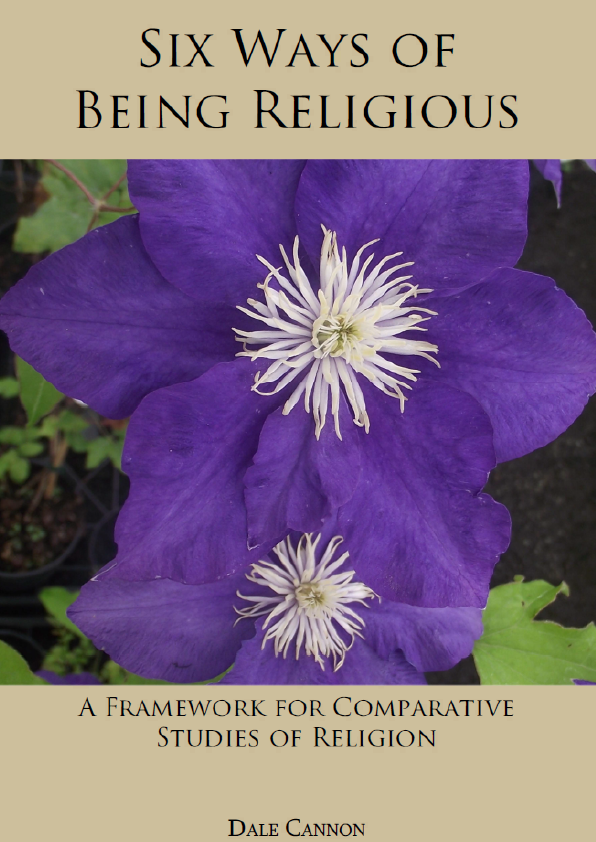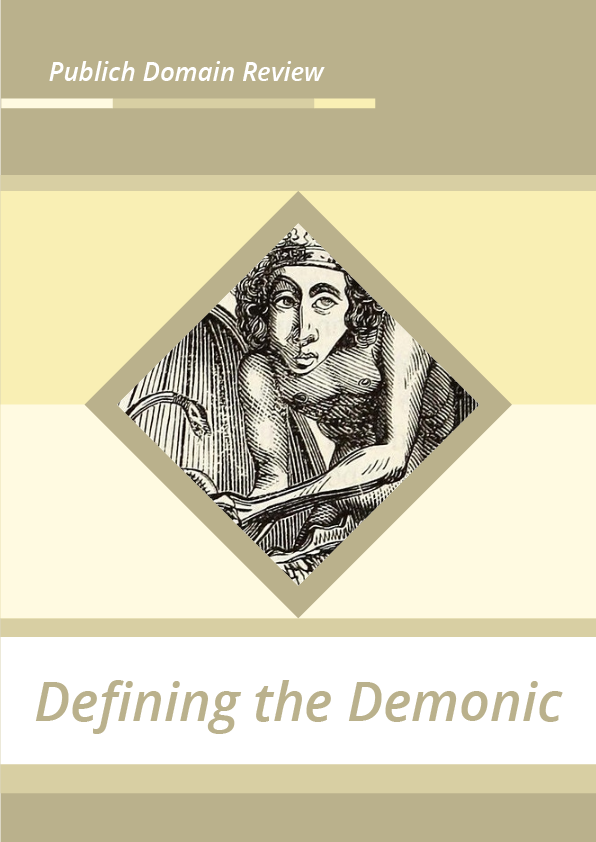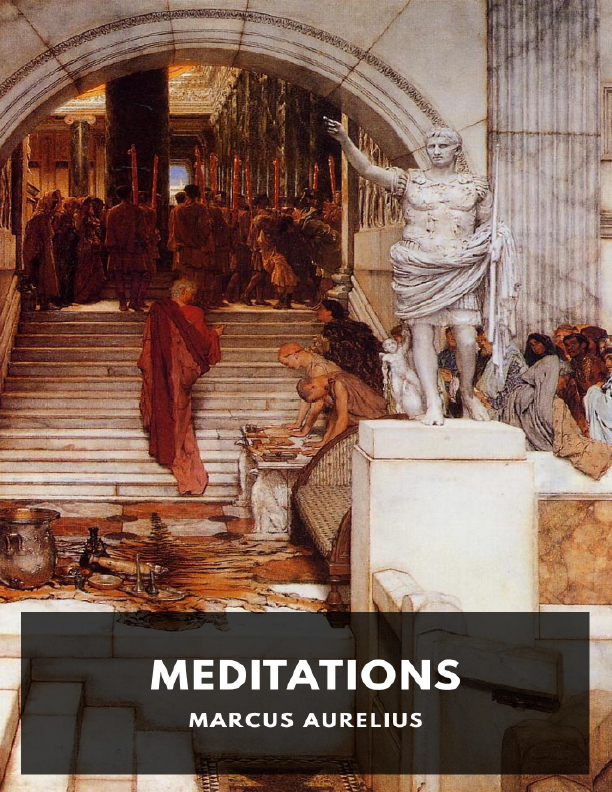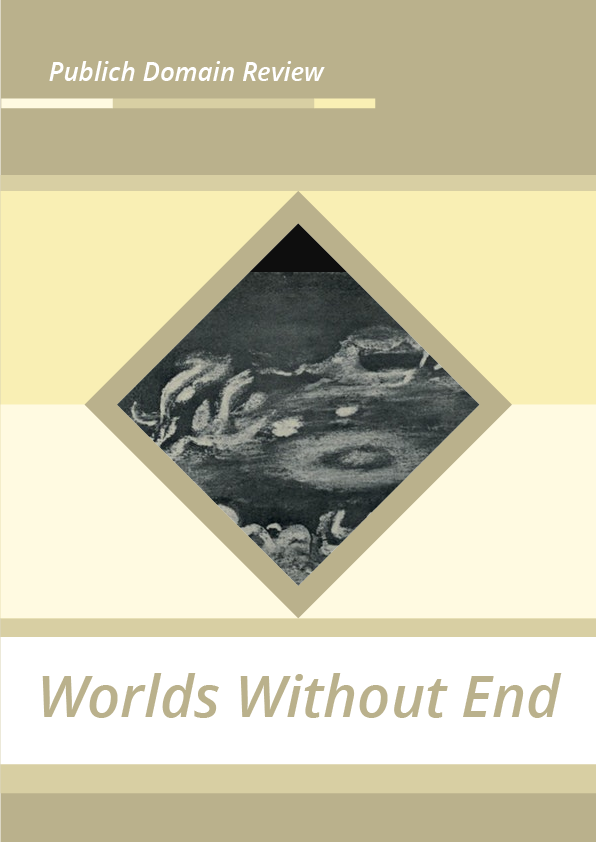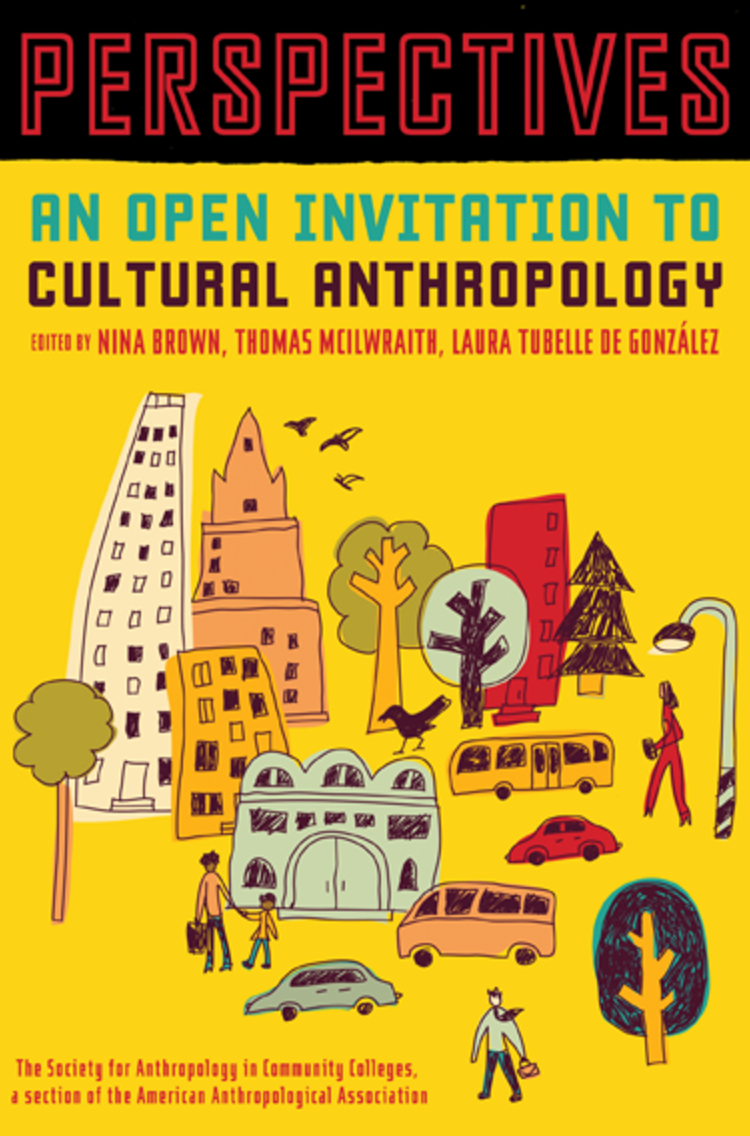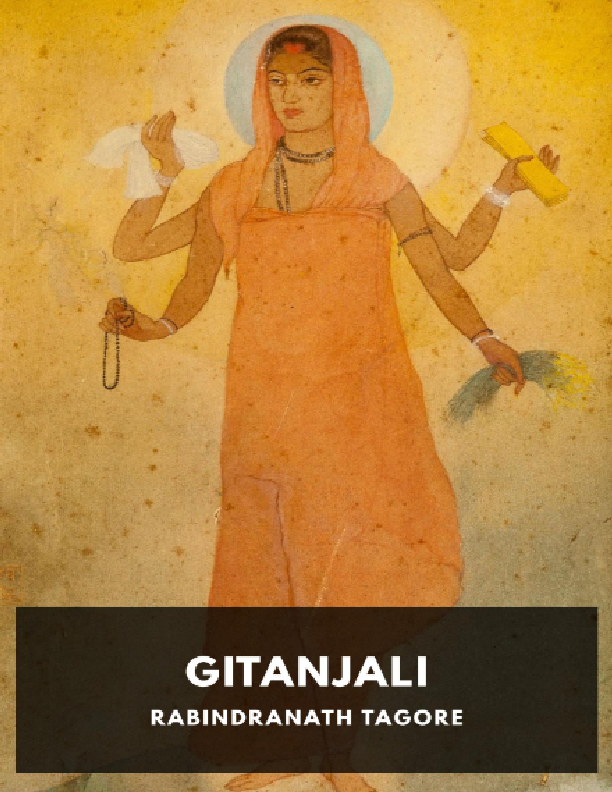The book proposes the hypothesis that six generic ways of being religious may be found in any large-scale religious tradition such as Christianity or Buddhism or Islam or Hinduism: sacred rite, right action, devotion, shamanic mediation, mystical quest, and reasoned inquiry. These are recurrent ways in which, socially and individually, devout members of these traditions take up and appropriate their stories and symbols in order to draw near to, and come into right relationship with, what the traditions attest to be the ultimate reality.
Understanding these six ways provides a basis for making sense of the variety of expressions that emerge in any one tradition. While the primary focus of the framework of ways of being religious will be upon comprehending the diversity found in commonly recognized religious traditions, some attention will also be given to accounting for nontraditional religious phenomena. In any case, once grouped together on the basis of the six ways, commonalities between otherwise apparently disparate and opposed traditions become evident, mutual recognition becomes possible, and dialogue is facilitated.
This book is not meant to be a first introduction to the study of the religions of the world. There are many books that serve well in that capacity and this book is not meant to compete with them. An introductory acquaintance with the great religious traditions and with the academic study of religion would be helpful as a background. In any case, the book takes for granted the fact of religious plurality and the value of seeking to understand this plurality as well as one can in a nonpresumptive way.
The framework of ways of being religious is constructed with the intention that justice must be done to the perspectives of insiders-not just insiders to specific (major) religious traditions, but insiders to specific ways of being religious within each religious tradition. But insiders’ perspectives often do not acknowledge the diversity within the larger religious tradition of which they are a part or recognize the legitimacy of other ways of practicing it, let alone grant the legitimacy of other religions. Doing justice to these perspectives therefore cannot mean simply taking insiders at their word, especially not their word about other religious views and practices. Both objectivity and empathy are needed at every point, each keeping the other in check.
The book is written for persons who seek to learn about and understand the multiple forms of religious life in a manner as free as possible from the ulterior motives, distorting prejudices, and misleading preconceptions that often characterize reflection on them and the sources of our information about them. At times such motives, prejudices, and preconceptions emerge within a religious perspective, but no less are they the offspring of perspectives unsympathetic to religion in general or to some religion in particular. The book assumes that the reader is aware to some extent how easily distortions in understanding religious life arise, how easy it is to presume mistakenly that our ideas about forms of religion different from our own are fully adequate, and how easy it is to be mistaken in supposing that the ideas we have about our own form of religion are fully adequate as well. It assumes the reader is interested in having his or her understanding grow beyond these distortions and take account of possibilities that he or she cannot now imagine.
More than simply promoting understanding for its own sake, the book aims to foster mutual understanding, communication, and dialogue between persons having different religious orientations and different ways of being religious. As well, it aims to foster understanding, communication, and dialogue between persons of religious orientation and persons of little or no religious orientation in any conventional sense. We live in a world where we cannot avoid dealing with persons whose religious views and practices differ from our own-differences that, because they loom so large, blind us from seeing the interests and concerns we share in common, some of which have to do with our deepest religious concerns. My hope is that this book will help us see beyond those looming apparent differences, both to what we have in common and to the significance of what differences remain. This is not to say that religious differences are unimportant. It is rather to say that the really significant differences do not lie on the surface, no more than do significant commonalities, and that those differences cannot be honestly appreciated without also seeing the commonalities. The book, then, is not written simply for those who wish better to understand religious life from an essentially disengaged and detached perspective. It is written to improve the climate of inter-religious relationships, of how in practice we understand and relate to one another in the religiously plural world we now live within. That is why the academic study of religion, as understood and practiced here, shades imperceptibly into inter-religious dialogue.
